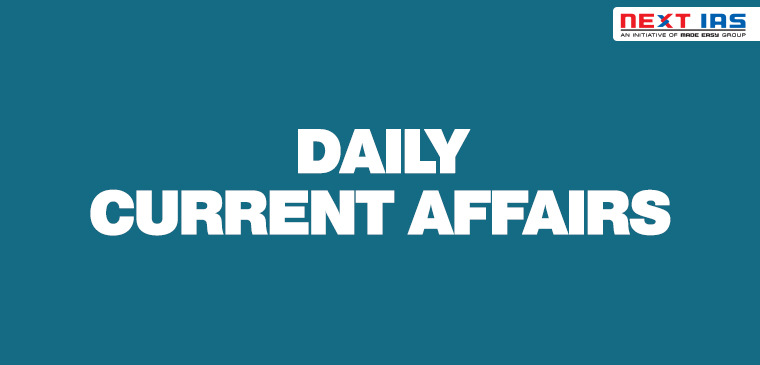
In News
The Reserve Bank of India will conduct the open market purchase of government securities of ?1 lakh crore under the G-sec Acquisition Programme (G-SAP 1.0) in FY22.
About
- G-SAP will run alongside RBI’s regular operations including Liquidity Adjustment Facility (LAF), OMOs and operation twist, adding that the programme is built into the central bank’s liquidity planning framework for 2021-22 as a whole.
- The RBI will purchase the government securities through a multi-security auction using the multiple price method.
- It will purchase five types of government securities via a multi-security auction using multiple price methods.
Significance
- It will provide more comfort to the bond market. As the borrowing of the Government increased this year, RBI has to ensure there is no disruption in the Indian market.
- This open market purchase will be conducted with a view to enabling a stable and orderly evolution of the yield curve.
- It will help to reduce the spread between the repo rate and the ten-year government bond yield.
- It will almost serve the purpose of an OMO calendar, which had been on the bond market’s wish list for a long time
|
What is Government Security (G-Sec)?
Open Market Operations
Liquidity Adjustment Facility (LAF)
Treasury Bills (T-bills)
Cash Management Bills (CMBs)
Dated G-Secs
Operation Twist
|
Previous article
India Netherlands Strategic Partnership
Next article
Facts in News


